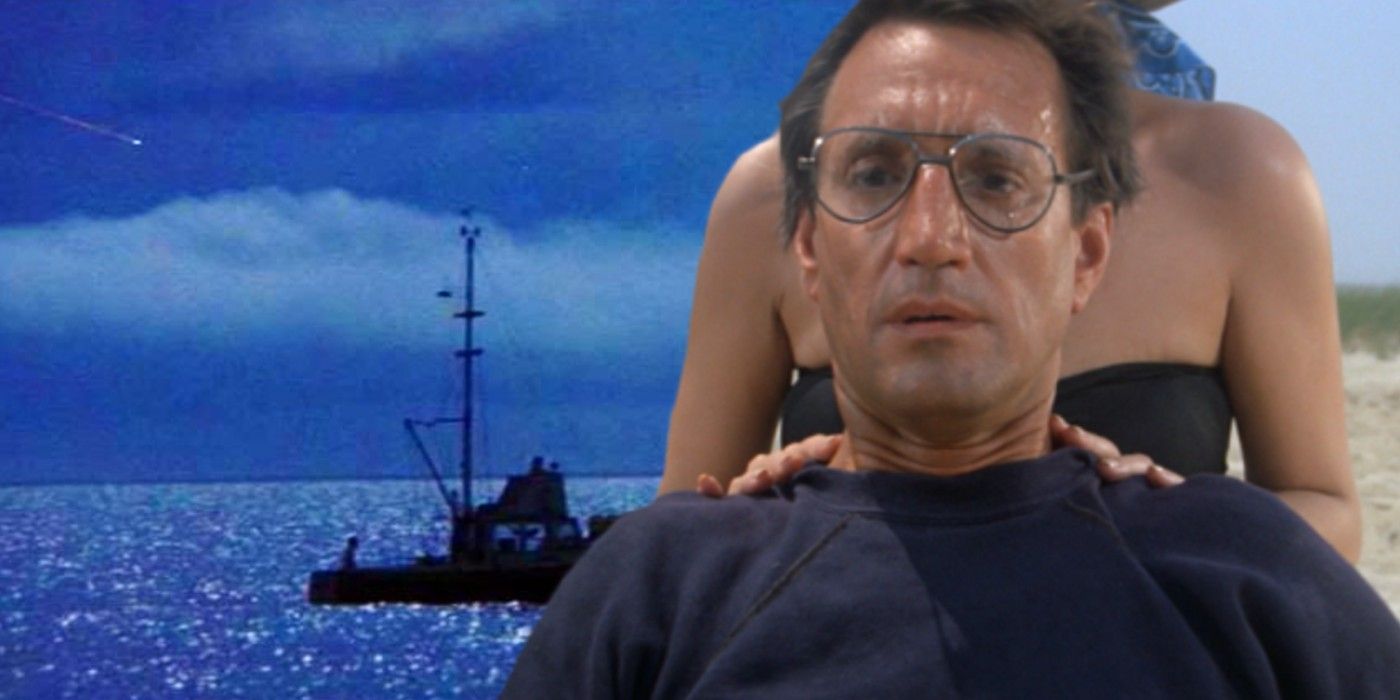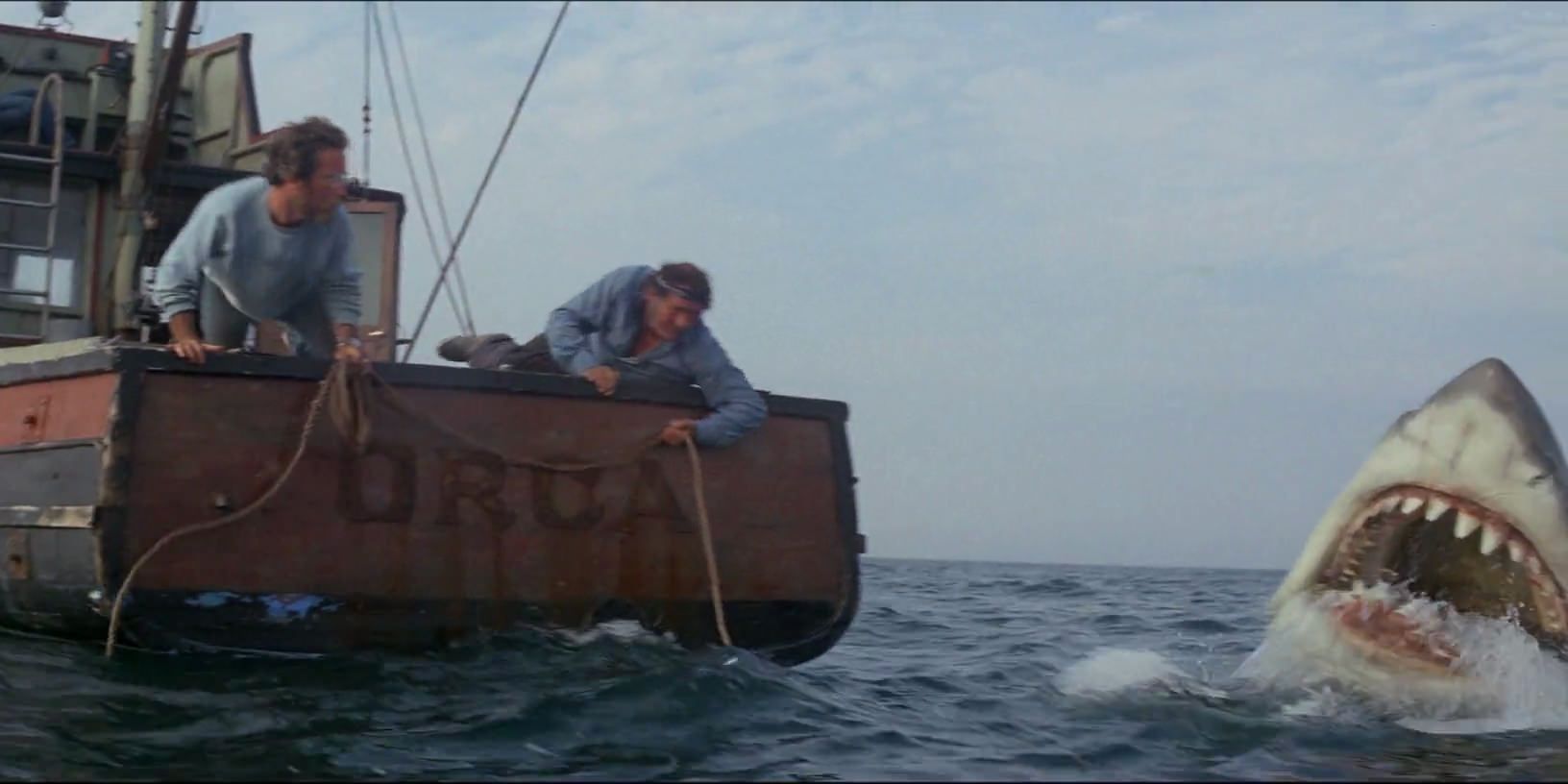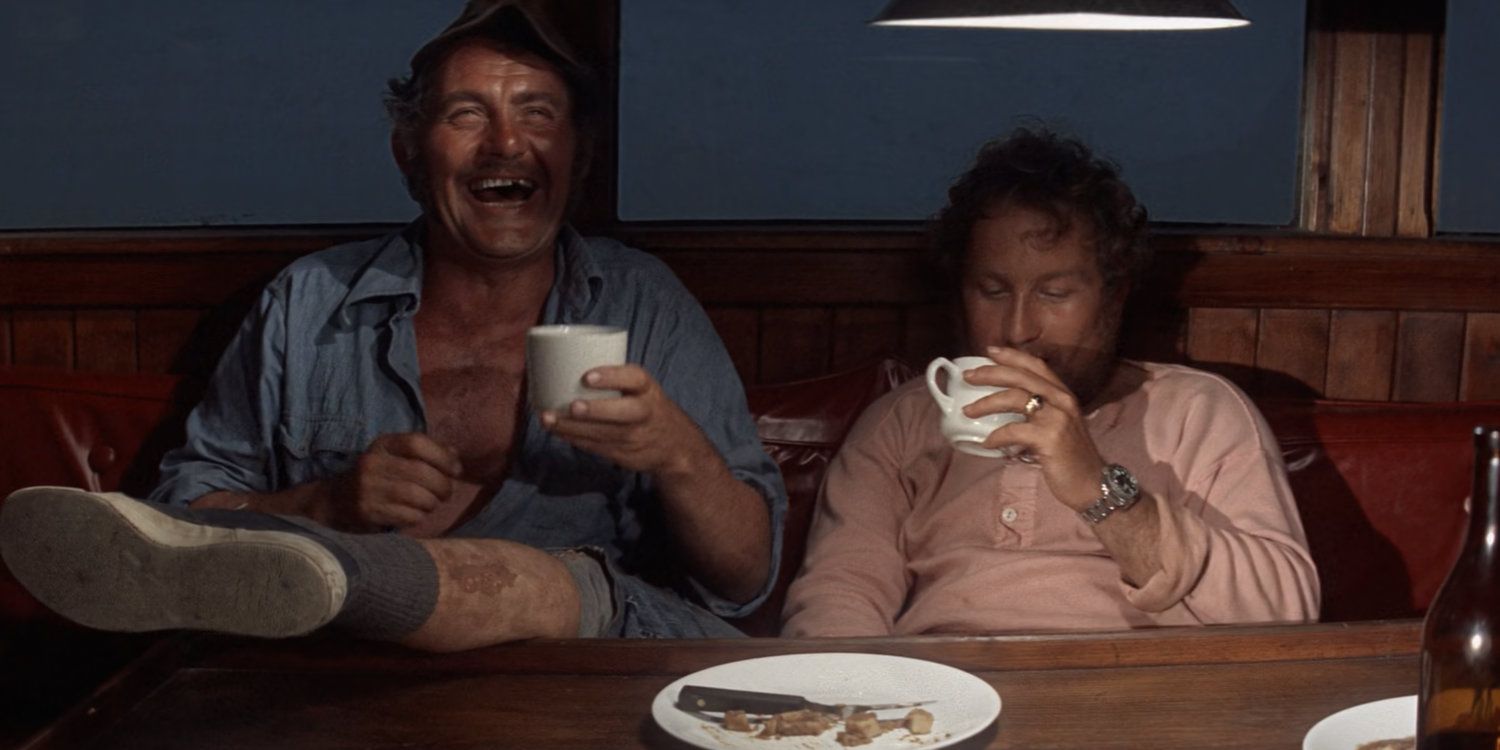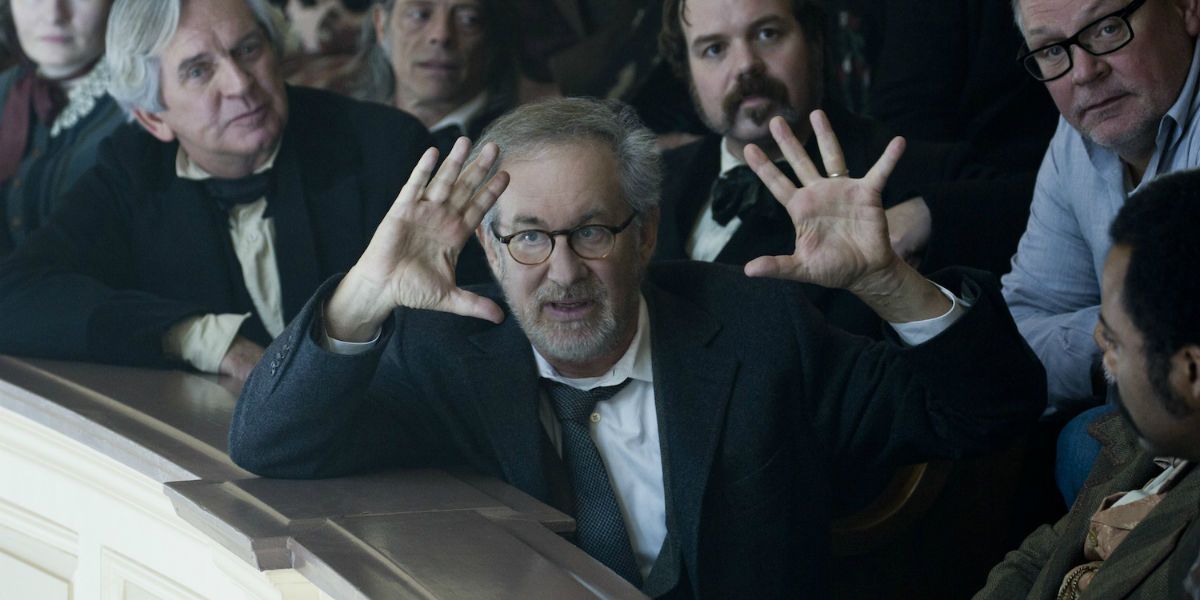Summary
- The debate over the shooting stars in Jaws continues, with some claiming they were real and others asserting they were CGI effects.
- Evidence suggests that the shooting stars were likely created through CGI, with visual effects artists analyzing the motion blur and lack of distortion.
- Spielberg's innovative techniques in filmmaking have helped make him one of the greatest directors in history and the man behind films with timeless visual effects.
The pair of shooting stars in Jaws has sparked debate since the classic film's release, but was the meteorological miracle real or a trick? Some claim Jaws' shooting stars are the product of visual effects edited in after filming, while others, including director Steven Spielberg, insist on the extraordinary claim that a real comet was captured on camera purely by chance. Whether the shooting star in Jaws debate resulted from the luckiest one-in-a-million shot in cinematic history or a post-production mythical creation, they don't come without meaning for Spielberg.
The scene at the source of the debate comes in the movie's third act and begins with the crew of Quint's boat the Orca dining below decks and singing "Show Me the Way to Go Home" before an unexpected attack from their elusive maritime foe turns the tranquil moment into chaos. The first bright streak of light can be seen traveling across the night sky as Brody loads his revolver on the vessel's deck. About 10 seconds later, a second shooting star appears during a wide shot of the Orca. However, there is some disagreement about the authenticity of the moment.
The Debate Over The Shooting Star In Jaws
Although the 1995 documentary, The Making of Jaws, affirms that the first shooting star is real, not all are convinced of either meteor's authenticity. One of the most common arguments claims that a real shooting star would not have appeared clearly on camera, considering that the nighttime scene was filmed during the day. This explanation, combined with the sheer unlikelihood of capturing a shooting star at just the right moment, indicates that claims of the real-life capture of the Jaws shooting stars are part of a simple mythology tactic employed by the movie's creators and that both meteors appeared via a CGI effect. It's the kind of thing that helped Jaws define what a blockbuster is.
VFX Artists Are Still Trying To Debunk The Jaws Shooting Stars
Award-winning visual effects artist Todd Vaziri attempted to debunk the myth of the shooting star in Jaws in 2018 (via Twitter), claiming that neither is real. Instead, the streak of light's reaction to motion blur effects points to the movie's CGI. Along with side-by-side GIFs of the scene in real-time and with motion blurring, Vaziri mentioned that the blurred shooting star shows a straight line that is not impacted by the vessel's movement or camera and does not show any signs of lens distortion. Thus, the visual evidence points to an artificial effect instead of a real shooting star.
Furthermore, Spielberg's history with this particular cosmic wonder predates his filmmaking career. According to author Joseph McBride's Steven Spielberg: A Biography, the acclaimed filmmaker's fascination with shooting stars derives from an event during his childhood when his father woke him in the middle of the night to witness a meteor shower firsthand. Spielberg's affinity for sci-fi and outer space is apparent. The book quotes Spielberg describing his experience of the sighting, saying, "All these incredible points of light were crisscrossing the sky... I was tremendously attracted to the source, to what was causing this.”
Due to his longtime adoration of shooting stars, it can be inferred that Spielberg's early experience inspired their appearance in Jaws. Spielberg's curiosity about the void above evidently served as an incentive to include shooting stars in his work, which lends credibility to the meteors being intentional rather than incidental.
Following Jaws, Spielberg went on to feature shooting stars in other movies such as Close Encounters of the Third Kind, Indiana Jones and the Temple of Doom, and The Adventures of Tintin. While Spielberg’s movie adaptation of the book Jaws earned him recognition early in his career, the bright streaks of light in his more recent works have not gone unnoticed by audiences, who have grown to appreciate the director's method of depicting moments of wonder. While all of these subsequent instances are without a doubt artificially generated, the shooting stars carry the significance of one of Spielberg's many cinematic trademarks.
The Jaws Shooting Star Debate's Continuation Proves Spielberg Was Ahead Of His Time
Whether the shooting star in Jaws is the product of happenstance or CGI, the fact that their reality is still being debated decades after the film's release shows just how timeless Steven Spielberg's movies become with his inventive style. If the comets in Jaws really were VFX, it only proves that Spielberg was already prepared to make bigger movies. His earlier work showed that he had the makings of an industry-leading auteur from the get-go and foreshadowed Spielberg's classic science fiction movies. Yet even after Spielberg established himself as one of the greatest filmmakers of his generation, he was still ahead of his time in later movies.
One of the best examples of this is Jurassic Park which came out nearly two decades after Jaws. While the movie showcased amazing animatronics in bringing the dinosaurs to life, as a filmmaker, he also pushed technology forward to great ground-breaking CGI for Jurassic Park in sequences including the infamous T-Rex Jeep chase. The result is a movie with effects that, after 30 years, look better now than most modern movies. Likewise, Spielberg still has people wondering if the shooting star in Jaws is real or not, however, people are still captivated by them, which highlights a masterful stroke of technique and storytelling.




